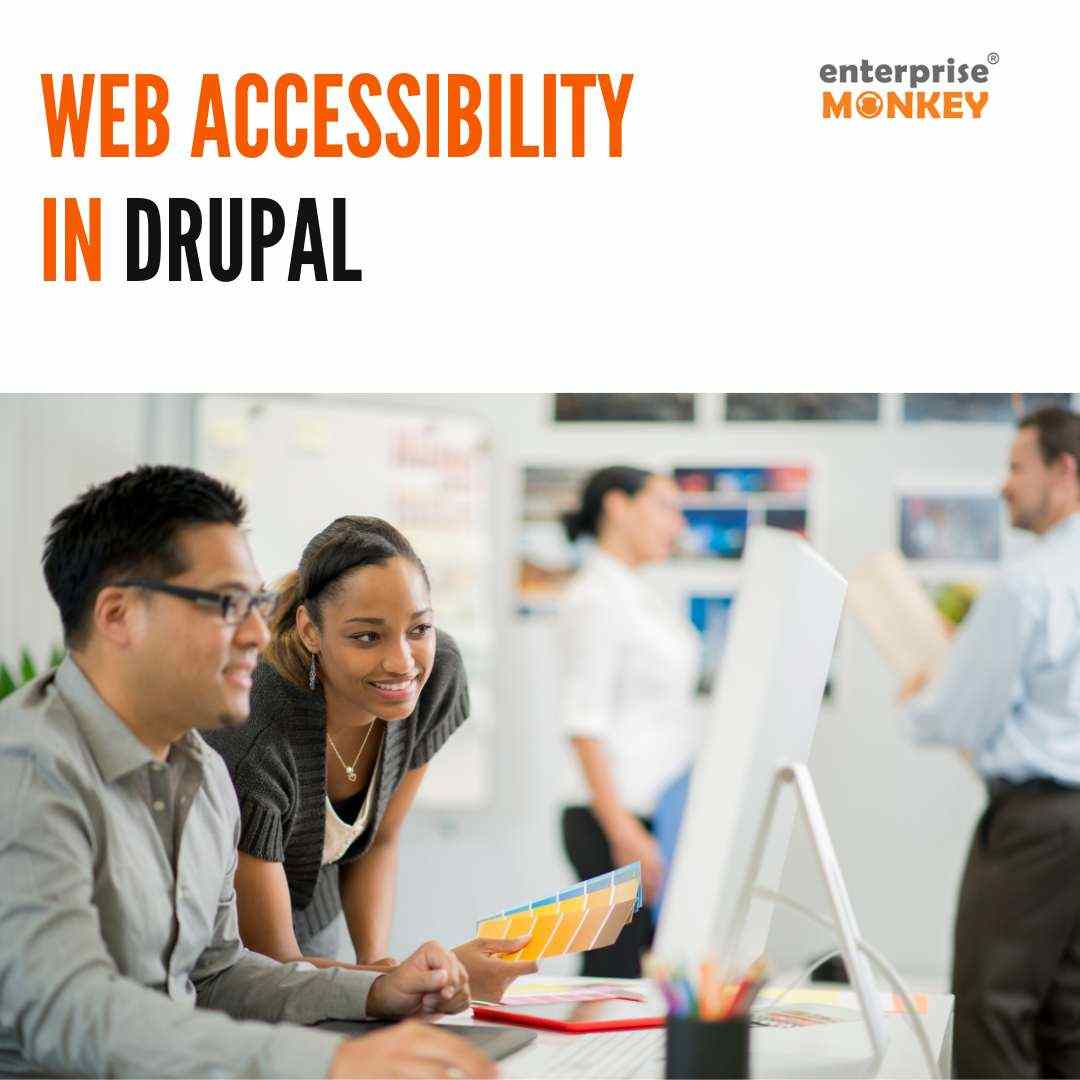Have a brilliant mobile application idea brewing in your mind but wondering how much it will cost to bring it to life in Australia? Don’t let the financial unknowns hold you back!
Developing a mobile application for your business on iOS or Android has become a crucial strategy for businesses and entrepreneurs alike in a world increasingly reliant on smartphones. However, in Australia, a country with a burgeoning tech ecosystem, the prospect of creating a mobile app is both exciting and potentially daunting.
Therefore, witnessing the exceptionally high smartphone penetration and technological adoption with a usage rate of 82.2% in 2023 in the Aussie market, understanding the costs associated with building a mobile application is paramount.
According to recent industry insights, the cost of developing a mobile app can vary significantly, influenced by app complexity, platform choice, and the calibre of development teams.
Hence, today, we will focus on the pressing question, “How much does it cost to design a mobile app in Australia?” We’ll also bring you the factors directly impacting overall development costs and some pro tips to make a budgeted yet high-end mobile application for your business.
Understanding Mobile App Development Cost
Before understanding the mobile application development cost, you should know there’s no one-size-fits-all. App development costs in Australia vary greatly, ranging from AU$ 15,000 to whooping AU$ 1000,000, depending upon various factors and app complexities.
Let us quickly look at the estimated cost range for developing a simple, medium, and complex mobile app before delving into the detailed cost breakdown.
Simple App
- Cost range: AU$15,000 – AU$30,000
- Features: Limited MVP functionalities, basic UI design, no data storage or complex integrations
Medium Complex App
- Cost range: AU$80,000 – AU$150,000+
- Features: More diverse functionalities, sophisticated features, user accounts, data storage, basic integrations, custom UI, push notifications
Highly Complex App
- Cost range: AU$500,000+
- Features: Highly innovative advanced features, complex backend infrastructure, bespoke UI, advanced integrations, real-time data processing, and high-level security protocols, made for hybrid platform
Factors Affecting the Mobile Application Development Cost
There are numerous factors contributing to the success of your mobile application. And these multitude of factors influence the cost of app development, each playing a crucial role in shaping the overall budget.
Understanding these elements one by one is important for businesses and entrepreneurs before planning the budget for their mobile app development project.

So, let’s discuss some key factors that impact the mobile app development costs:
App Complexity
- This is the most significant factor influencing cost. Simple apps with basic features like calculators or directories can be made within $30,000.
- In contrast, complex apps with advanced features like AR/VR, real-time data processing, or intricate backend infrastructure require more time and resources that can significantly inflate the price tag and may go beyond $500,000.
Platform Selection (iOS, Android or Cross-Platform)
- Deciding between a native app for a specific platform or a cross-platform app accessible on both is crucial. Developing for multiple platforms, such as iOS and Android, or choosing a cross-platform approach can affect costs.
- While Android development is often considered more time-consuming due to device fragmentation, iOS development may involve higher initial costs due to Apple’s strict guidelines.
- Although native apps offer better performance and customization, developing them individually doubles costs. Cross-platform apps are more cost-effective but might have limitations.
App Design (UI) and User Experience (UX)
- A visually appealing and user-friendly design and a serene user experience are the two vital factors for the success of any mobile application. However, the complexity and quality of the app’s design significantly influence costs.
- Investing in a professional design can contribute to higher upfront costs but can enhance user satisfaction and retention in the long run. The custom, visually appealing designs often come with a higher price tag than standard or template designs.
- Likewise, a seamless user experience is crucial for user engagement and positive reviews. The typical UX/UI price range, including media and high-end visuals, falls between $40,000 and $80,000.
App Development
- Building an app requires excellent skills and knowledge; the amount of time spent on coding, designing, and implementing features directly affects costs.
- The steps in the mobile application development process are critical. It involves market research, wireframing and design, prototyping, development planning, frontend and backend development, third-party integration, etc.
- You can always rely on your in-house team. However, for precise results, expert insights, and streamlined processes, you should use the services of a professional mobile app development company with a highly experienced development team and complete knowledge of the app market.
- A professional app development agency can provide complete backend and frontend mobile app development services with solutions focused on your business needs. Thus, if you partner with an agency, the development cost may come to around $40,000, which can go as far as $500,000, depending upon app intricacies.
Testing and Quality Assurance
- Investing in comprehensive testing helps identify and rectify issues early in the development process.
- Thorough user testing of your mobile app during each stage catches issues and bugs identification before they snowball into complex and expensive problems. Also, robust Quality Assurance minimises the need for rework, ensuring a smooth and bug-free launch.
- Necessary tests like UI/UX, Functionality, and Accessibility testing can prevent post-launch issues, protect your brand reputation and contribute to a positive user experience. The testing costs may vary based on the types of app tests you want to opt for. However, the typical range lies between $20,000 and $100,000.
Types of Mobile Apps and their Costs (with examples)
Mobile application is an essential pillar for the companies that thrive for growth and success in today’s digital landscape. Therefore, building the app strategically is undoubtedly a crucial step.
[Also read: How to Compete for Growth with a Mobile App?]
By now you must know that mobile apps come in various types, each serving specific purposes and catering to different user needs. Let us now see some types of mobile apps, along with examples and estimated cost ranges:
| Types of Mobile App | Development Cost Range |
| Basic Content App | $15000 to $30000 |
| eCommerce App | $40,000 to $500,000+ |
| Social Networking App | $50,000 to $1,000,000+ |
| Messaging Apps | $50,000 to $500,000+ |
| Health and Fitness App | $40,000 to $300,000+ |
| Augmented Reality (AR) App | $80,000 to $1,000,000+ |
1. Basic Content App
- These apps prioritise simplicity, offering a user-friendly experience that centres around delivering relevant content.
- The primary purpose of these apps is to provide information to users efficiently. Whether it’s news articles, blog posts, or educational content, Basic Content Apps aim to deliver the intended information seamlessly.
- Example: BBC News – A news app like BBC News focuses on delivering news content to users in a visually appealing and accessible manner. With the clear objective of providing the news feed to their audience, BBC has created a basic content mobile application with minimal pages and layers.
- Cost: $15000 to $30000 – These apps typically require less development time compared to more intricate applications, making them a cost-effective choice for businesses or individuals looking to disseminate information efficiently.
2. eCommerce App
- The building of an eCommerce mobile app is important for businesses as it brings the entire shopping experience to users’ fingertips, offering convenience, personalization, and a seamless journey from product discovery to checkout.
- eCommerce mobile apps have emerged as indispensable tools, reshaping how consumers shop and businesses operate. These apps focus on customer convenience while enhancing engagement and sales conversions.
- Example: Amazon – A global giant, Amazon’s mobile app provides users with a vast array of products, a personalised shopping experience, and efficient order tracking.
- Cost: $40,000 to $500,000+ – Factors influencing the price include the number of features, payment integrations, user authentication, and the choice between a native or cross-platform approach.
3. Social Networking App
- Social Networking Apps have become integral to our daily lives, transforming how we connect, communicate, and share information. These apps serve as virtual hubs where users engage with friends, family, and even strangers, creating a dynamic online community.
- Social networking apps allow users to create profiles, providing a personalised space to share information about themselves, interests, and activities. Users can send friend requests to connect with others or follow profiles, fostering a network of connections.
- Example: Facebook – The pioneer of social networking, Facebook connects people globally, offering diverse features, including profiles, news feeds, and groups.
- Cost: $50,000 to $1,000,000+ – The cost between simple to advanced social media apps is split based on integrating features like user authentication, messaging systems, media sharing capabilities, and the choice between a native or cross-platform development approach.
4. Messaging Apps
- Messaging apps have revolutionised communication, offering instant and seamless interactions in real-time. These apps have become essential tools for connecting people globally, from personal conversations to professional collaborations.
- These apps offer instantaneous delivery of text, multimedia, and voice messages, allowing users to communicate in real-time. The emphasis on security through end-to-end encryption protects user messages while ensuring privacy.
- Example: WhatsApp – A globally popular messaging app known for its simplicity, security features, and widespread user base. Using WhatsApp, users can enjoy real-time chat, multimedia sharing, group chats, voice and video calls and much more in a secure environment.
- Cost: $50,000 to $500,000+ – Factors influencing costs include voice and video calling features, end-to-end encryption, multimedia sharing capabilities, and the choice between a native or cross-platform development approach.
5. Health and Fitness App
- If your products or services are related to the healthcare industry then you definitely need to develop a functioning healthcare mobile app for your business.
- These apps cater to a diverse range of health-conscious users, offering personalised solutions, tracking capabilities, and a holistic approach to fitness. It allows users to track various health metrics, including physical activity, nutrition, sleep patterns, and more.
- Example: Fitbit – A pioneer in wearable technology, Fitbit’s app complements its devices, offering detailed insights into physical activity, sleep patterns, and overall health.
- Cost: $40,000 to $300,000+ – Factors influencing cost are activity tracking, nutrition tracking, customised workout plan, AI-driven recommendations, wearable integrations etc. Additional factors, such as incorporating gamification elements, virtual coaching, or integration with specialised devices, can influence the overall cost.
6. Augmented Reality (AR) App
- Augmented Reality (AR) apps have brought about a revolutionary shift in how we perceive and interact with the world. By overlaying digital information onto the physical environment, these apps enhance real-world experiences, offering users a blend of the tangible and the virtual.
- AR apps seamlessly integrate digital elements, such as 3D objects, text, or animations, into the user’s real-time surroundings. Users can interact with augmented content, often through gestures, touch, or voice commands, enhancing user engagement.
- Example: Snapchat – A well-known app Snapchat employs AR features, such as filters and lenses, to overlay virtual elements onto users’ faces or surroundings in real-time.
- Cost: $80,000 to $1,000,000+ – Factors influencing costs include the complexity of 3D models, the sophistication of interactions, AR tracking technologies used, and the choice between a native or cross-platform development approach.
[Also read: Why Should you Integrate Machine Learning into Your Mobile Apps]
Mobile Application Complete Cost Breakdown
Building a Mobile Application for your business can cost between AU$15,000 and AU$500,000+. The price for app development varies based on features, platform, and complexity.
| Complexity | Features | Timeline | Avg. Cost |
| Simple App | MVP functionality
Basic UI |
3 months | $30,000 |
| Medium Complex App | Sophisticated features
Custom UI |
6 months | $150,000+ |
| Highly Complex App | High level advanced features
Bespoke UI Two platforms |
6-9 months | $500,000+ |
By understanding how each stage contributes to the overall cost, let us present you this detailed cost sheet below:
| App Process | Design Tasks | Average Development Cost (Approx in AUD) |
| App design research | Market research
Competitor analysis Market trend analysis Selecting ideal solutions |
$4000
$3000 $2000 $2000 |
| UX design | Rough sketches
Low fidelity wireframes High fidelity wireframes |
$4000
$8000 $20,000 |
| UI design (visuals) | Mood boards
UI mockup samples Final UI mockups |
$2000
$8000 $20,000 |
| Development | Backend
Frontend |
$80,000- $500,000 |
| Testing | UI/UX testing
Functionality testing Accessibility testing |
$4000-$60,000 |
| Total Avg. Cost | $150,000-$650,000 |
| Note: The cost sheet above shows the approximate numbers and is subject to change/differ per the client’s mobile app needs and business requirements. |
Mobile App Maintenance Cost
Keeping your app up-to-date, secure, and running smoothly requires ongoing maintenance. It is essential to ensure a mobile application’s long-term success and functionality. However, everything comes with a cost.
| As a rough estimate, mobile app maintenance costs typically range from 15% to 30% of the initial development cost annually. However, this can vary based on app complexity, choice of platform, technology stack, frequency of updates, etc. |
Let’s explore the critical aspects of mobile app maintenance and why it is important for your app:
- Bug Fixes and Issue Resolution – Regular updates to address and fix any bugs or issues discovered by users or through ongoing testing.
- Compatibility Updates – Ensuring the app’s compatibility with the latest operating system versions and various devices.
- Performance Optimization – Conducting performance analysis and optimizations to enhance the app’s speed, responsiveness, and overall efficiency.
- Feature Enhancements – Adding new features or improving existing ones to meet user expectations and stay competitive in the market.
- Security Updates – Implementing security patches and updates to protect user data and the app from potential vulnerabilities.
[Also read: Mobile App Security: The Best Practice]
Why is App Development Expensive?
Despite the abundance of seemingly simple apps we see in the market, there are several vital reasons why app development can be expensive.
Understanding these points helps businesses and entrepreneurs make informed decisions about budgeting, resource allocation, and the scope of their app development projects.

-
Expertise and Skilled Labor
Developing a functional, appealing, and secure app requires specialised skills in programming, design, user experience (UX), quality assurance (QA), and project management. Hiring and retaining such talent is a premium, especially in competitive tech markets.
-
Complexity and Features
The more features and functionality your app requires, the more time and effort it takes to develop, hence, the higher the cost. This includes complex features like AR/VR integration, real-time data processing, advanced security protocols, and intricate integrations with third-party services.
-
Platform Choice
Developing for multiple platforms (iOS and Android) doubles the effort and cost compared to a single-platform app. While native apps offer better performance and customization, cross-platform solutions, though cheaper, might have limitations.
-
Design and User Experience
A user-friendly and intuitive design is crucial for app success, but complex animations, custom graphics, and extensive prototyping can significantly increase development costs. Striking a balance between functionality and design efficiency is key.
-
Hidden Costs
App store fees, marketing expenses, legal compliance requirements, and data storage costs can add to the overall expense.
Tips to Reduce Mobile Application Development Cost
Reducing app development costs while maintaining quality is a common goal for businesses and entrepreneurs. If you think the mobile application development cost is going beyond your set budget, you can follow the below tips to manage cost:
-
Choose the Right Development Approach
Evaluate whether a native, hybrid, or cross-platform development approach suits your project. Each has pros and cons, and choosing the right one can impact development time and costs.
-
Prioritise Features
Identify and prioritise essential features for the initial release. A minimum viable product (MVP) allows you to launch quickly, gather user feedback, and refine the app based on actual needs.
Tip: Consider starting with a Minimum Viable Product (MVP) to test your app’s potential before investing heavily. -
Reusable Components and Code
Develop reusable components and code snippets to streamline the development process. This not only saves time but also promotes consistency across the app.
-
Iterative Development
Adopt an iterative development approach, releasing smaller updates or features regularly. This allows for quicker time-to-market and spreads costs over time.
-
Effective Project Management
Employ efficient project management practices to minimise delays and ensure optimal use of resources. Tools like Agile or Scrum methodologies can help manage development tasks effectively.
| Bonus Tip: Choosing the right mobile app development company based on their experience, expertise, skills, and knowledge can also play a crucial role in reducing development costs.
If you select an agency that uses the latest technologies and tools, it is likely to develop the app more efficiently, thus minimising the app-building costs. |
Conclusion
Building a mobile application in Australia involves various factors contributing to the overall cost. Businesses can embark on a successful mobile app development journey by making informed decisions, prioritising features, and leveraging cost-saving strategies.
By carefully planning your app development process and partnering with a seasoned mobile application development agency in Melbourne, you can easily navigate the digital landscape and ensure a successful mobile application launch.













